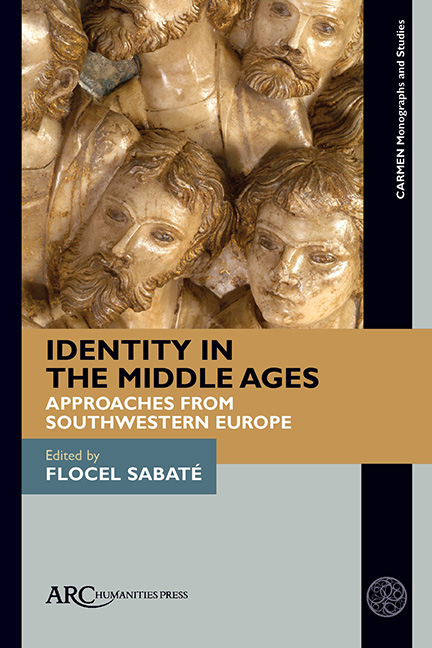Book contents
Chapter 4 - Gender And Feminine Identity In The Middle Ages
Published online by Cambridge University Press: 20 January 2022
Summary
WHEREAS RECENT DECADES have seen a noticeable increase in articles and books on medi eval masculinities, the same cannot be said regarding femininities. The very term “femininity” is problematic, because it has always been associated with essen-tialist conceptions of womanhood, typical of patriarchal societies. As Michelle Rosaldo has noted, in such societies, to become a man is considered an achievement while “wom-anhood […] is more of a given for the female”; as such, there are “few ways of expressing the differences among women.” However, since the 1960s, both Feminism and Women's History have challenged these conceptions, demonstrating that femininity is not an intrinsic condition of all people born with female genitals, but rather a social construct. Thus, we should not speak of femininity in the singular form, but of plural femininities, varying according to time and civilization, as we should be sensitive to the fact that in the same period of time and in the same cultural space there could be varied femininities, resulting from the interaction of gender with other differentiating factors such as religion and ethnicity, class, age, or even the personality of the individual woman, itself a product of the permanent negotiations between each of them (her impulses, her desires, her ability or inability to suppress or sublimate them) and the surrounding society.
This last aspect is the hardest to perceive, as confessions by medi eval women so rarely survive, disclosing their private thoughts and intimate conflicts; nevertheless, some do remain that I shall address later. Women's History has also rescued from oblivion, or from an incorrect attribution of authorship, literary or other writings by women which reveal their notions of what a woman was, or should be. Better known, however, are the models that the clerics of medi eval Western Christian society presented women, to abide by them or to reject them: the models of Eve, the sinner; Mary Magdalene, the repentant sinner; and Mary, the Virgin Mother. In this chapter, I argue that, compelling as they might seem, these clerical models were not without ambiguities which allowed Christian women a certain agency and even promoted the empowerment of some of them.
- Type
- Chapter
- Information
- Identity in the Middle AgesApproaches from Southwestern Europe, pp. 123 - 136Publisher: Amsterdam University PressPrint publication year: 2021

